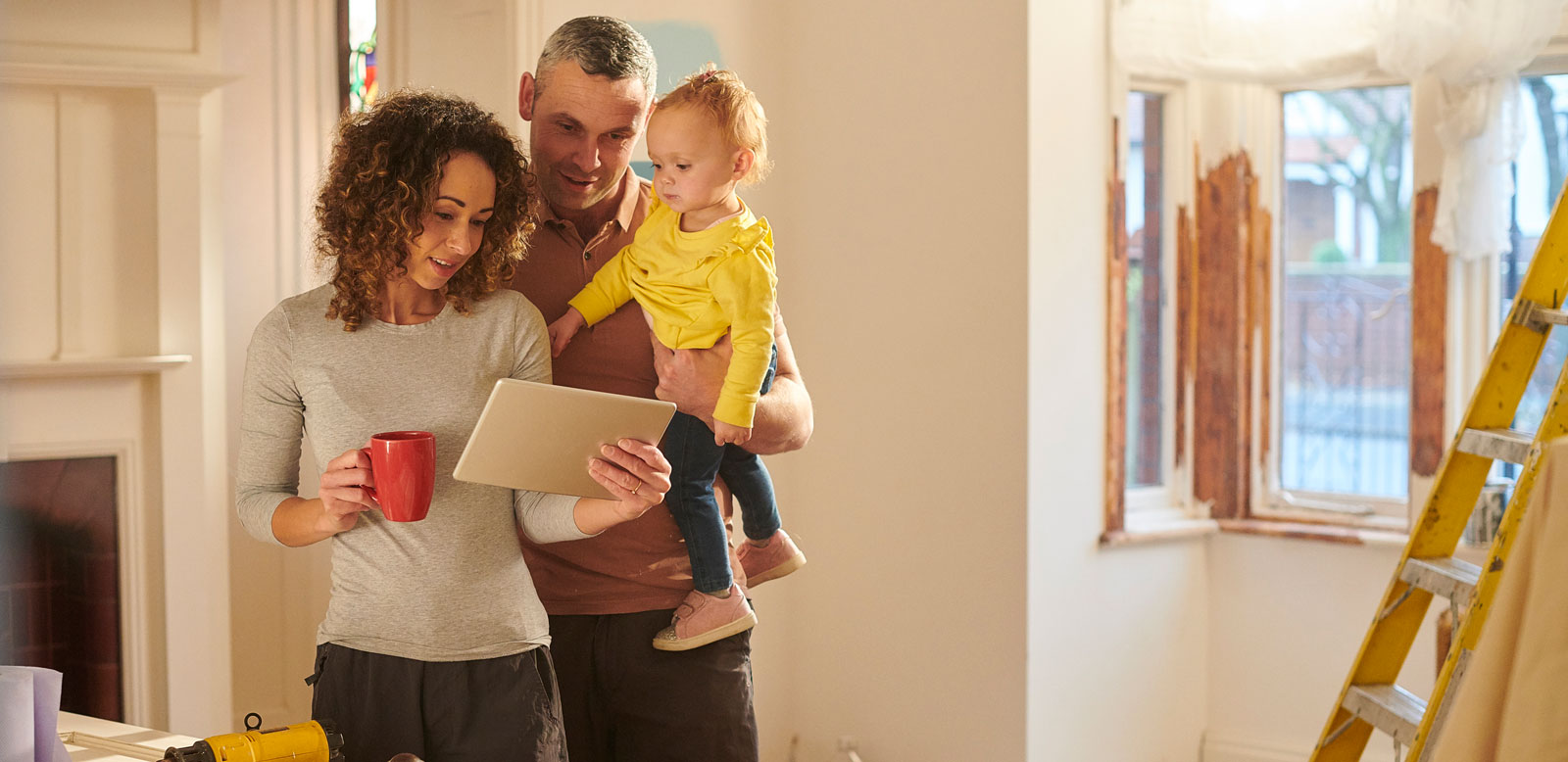
Why replacement costs are increasing
September 10, 2021 — Homeowner insights | Insurance insights
If you’re one of the 330 million homeowners who did a Google search for anything related to home improvement during the pandemic before heading off to the hardware store for supplies, you might have noticed material prices are increasing.1 Reports indicate that lumber costs have gone up 129% from June 2020 to June 2021.
According to a Harvard study, “While the US economy shrank by 3.5 percent in 2020, spending on home improvements and repairs grew more than 3 percent, to nearly $420 billion, as households modified living spaces for work, school and leisure in response to the COVID-19 pandemic.”
Sawmills have struggled to maintain production with pandemic restrictions, and homeowners are finding more time to remodel and lower interest rates to buy a new place and fix it up – a classic supply and demand scenario driving costs up.
But this doesn’t just mean you’ll have to find some extra cash to install the new fence for the quarantine puppy you welcomed into the family. The effects reach beyond the current project you were hoping to complete.
These factors also impact how your homeowners insurance company calculates premiums – and ultimately ensures that your most valuable asset is protected against life’s worst moments. If your homeowners insurance is going up, it’s for a good reason.
It costs more to replace your home
If you were to experience damage from fire, hail or other calamities and would need to repair or rebuild your home, you want to be sure your insurance policy provides the right coverages to restore your home to normal – to make you whole after a crisis. Increasing costs for lumber, labor and housing permits all impact your Coverage A replacement costs. You can read more about the nuances of Coverage A here, but the bottom line is the lumber it would take to repair your home today probably costs more than it did when you purchased your policy, so your premium may need to increase to account for those costs.
All insurance companies are feeling these increases
These rising costs have industry-wide implications. Reliable insurance companies constantly evaluate their ability to make good on their promise and restore homeowners after an event. These increases to lumber, labor and other materials are impacting all insurance companies. If your homeowners insurance remains flat, or doesn’t change, it should cause you pause and perhaps encourage you to wonder why. Don’t wait until you need your insurance to find out you didn’t have enough coverage.
Several factors go into calculating insurance premiums
Many considerations impact insurance premium calculations, and the good news is that some of those factors you can do something about. Eliminating dangers from your property, practicing good home maintenance, doing improvements that make your home safer or mitigate damage, and maintaining a good credit score can all impact and possibly lower your insurance premium. Insurance isn’t something you can set and forget. Take the time to review your policy, and work with an agent you trust to evaluate your coverages.
Increases in the last year to the cost of labor and building materials have directly impacted reconstruction costs and insuring homes to value. As part of an insurance company’s promise to protect your valuable assets, you may see premium increases. These changes ensure that your insurance company can deliver on its commitment to being there for you when you need them most.
For more information about how inflation impacts your homeowners insurance premiums, visit sagesure.com/inflation.
